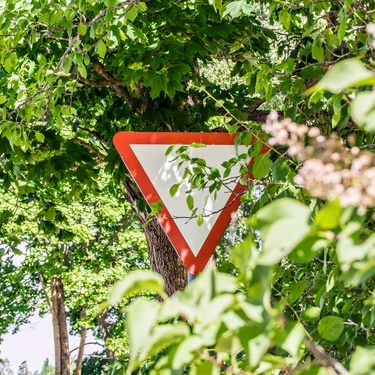
While we’re often taught to respect our elders, as an employer who wants the best for their company, it can be hard to avoid biases. However, it is in your best interest to recognize these biases and learn how to recognize ageism to stop it in its tracks. Ageist practices can put your company at risk, not only because of the employees you hurt but also because of the litigation that can come with it. To help, here are some best practices so you can avoid age discrimination lawsuits and complaints.
Hiring Practices
When hiring new employees, it’s best to apply the same screening processes and questions across the board. This way, you can ensure that your hiring process is as neutral as possible. Avoid asking any questions that may seem age-related and focus on their quality of work. Additionally, it is in your best interest to monitor the composition of your workforce. Is the age range balanced? Are you hiring younger workers over older workers?
It may be a knee-jerk reaction to want to hire younger workers because of certain biases. When it comes to older adults in the workforce, employers may fear that older adults may get into more accidents, need more time off for health reasons, or not be able to learn new skills. In recognizing that these thoughts are untrue, you can ensure that there is no discrimination during the hiring process. And having a more diverse workforce can help your company, as you’re bringing in a broader range of talent and ideas.
Employee Movement
Similar to the hiring process, you need to ask yourself if your bias impacts promotions, layoffs, or the reviews you give. Are you giving promotions to younger workers who you feel might be there longer? Are you replacing older workers with younger ones? Are the raises you give out based on quality and productivity? While you shouldn’t promote or give favorable treatment based on age in any circumstance, you should monitor whether your current actions are fair and balanced.
Company Culture
To help older adult workers feel safe and valued, you can include sensitivity training highlighting ageism. Acknowledging the existence of ageism is a great first step; training can help you and your employees avoid legal trouble. However, acknowledgment is not enough. Older employees must feel appreciated for their work, have their voices heard, and get fair treatment. If an employee comes through with concerns about ageism in the company, you must tackle the complaint appropriately. A lack of action will make it seem like your words have no action behind them.
Knowing how to avoid age discrimination lawsuits and complaints is more than ensuring you don’t get into trouble. It’s also about making sure that your company is diverse and focused on progress.



















